

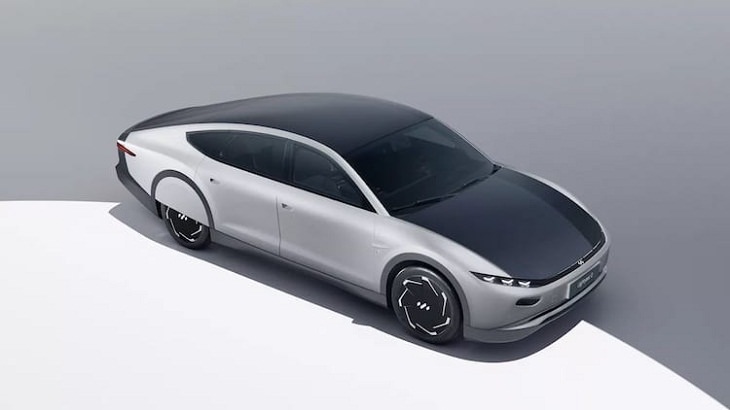
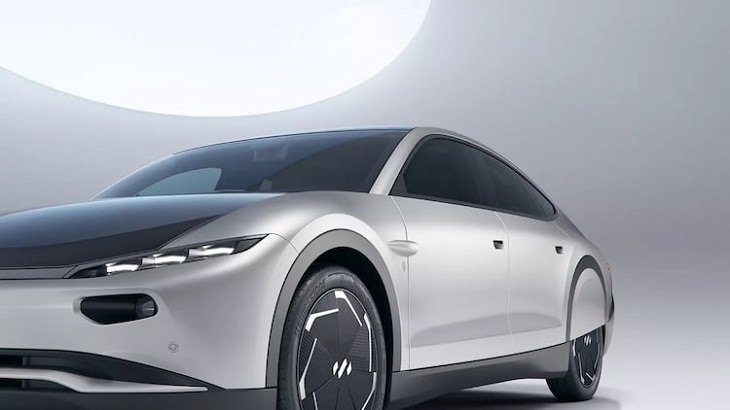

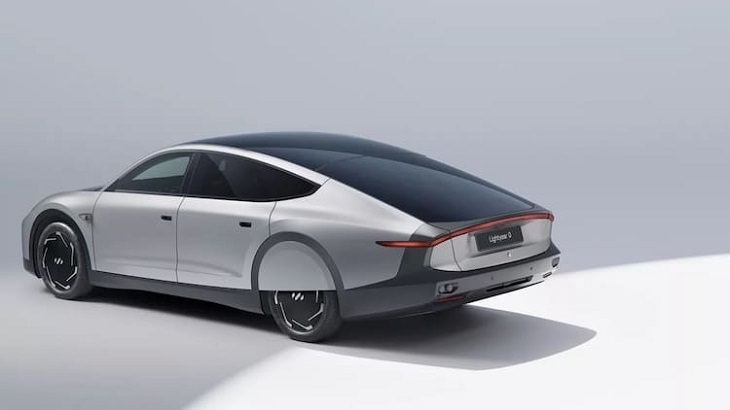
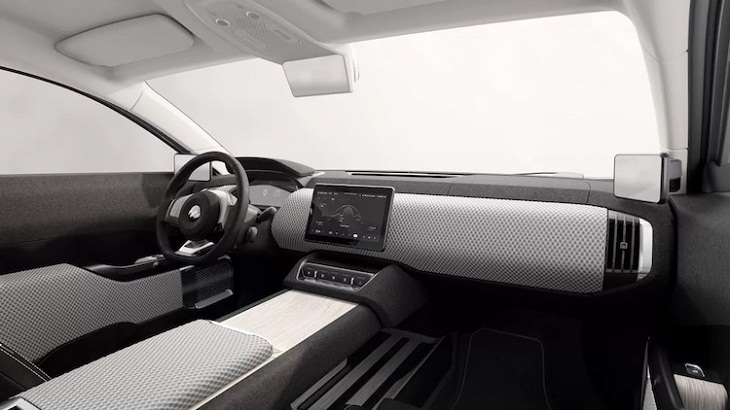
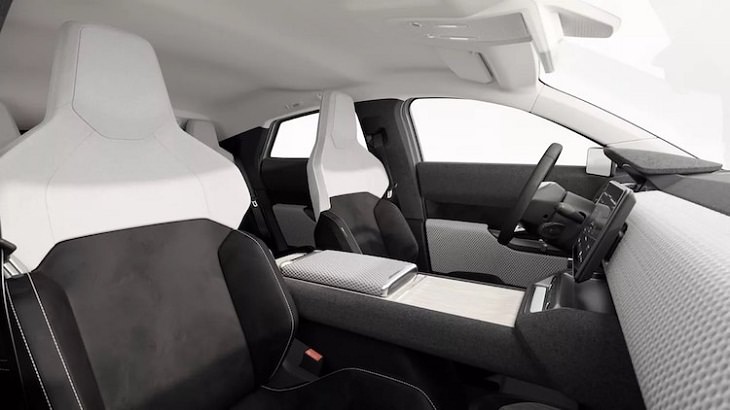
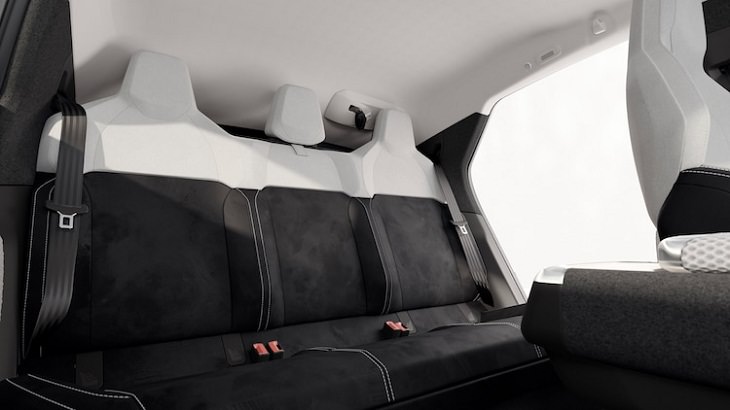

9 Smells and Sounds Your Car Makes Before a Breakdown
These car noises and smells could mean a major problem!

These Jaw-Dropping Vintage Cars Steal the Spotlight
These muscle car photos are pure automotive gold.
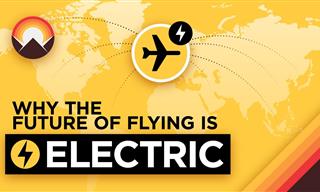 18:13
18:13
Why Electric Aircraft Is Likely To Take Over in the Future
In the future, electric planes are likely to take over and become the traditional way of flying. But why?
 4:30
4:30
Germany is Testing a New Way to Power Electric Trucks
Have you ever wondered why electric trucks are still not popular? This city in Germany came up with a genius solution!
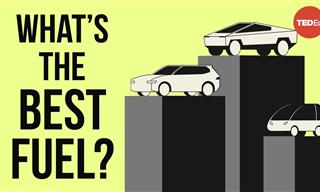 4:41
4:41
Which Fuel Would Be The Most Efficient For My Car?
Here's a helpful guide that will help you choose the best and most affordable fuel for your car.

Exactly How Did These People Get Their Driving Licenses?
Sometimes people simply can't keep their cars on the road... As these absurd and hilarious driving fails pictures show.

Have You Ever Seen Cars as Weird as THESE?
These 25 cars are the strangest you have ever seen.
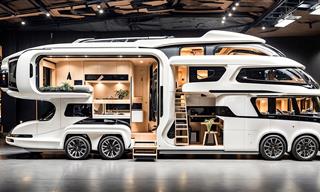 42:43
42:43
Come Meet the Fanciest RVs in the World
Whether you love to travel or just appreciate the finer things, these RVs are sure to impress. Let’s take a tour of the ultimate in road-ready luxury.
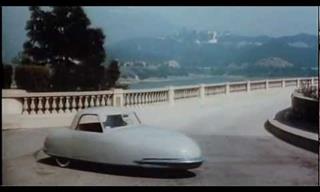 2:35
2:35
These Amazing Futuristic Cars Were Imagined In The ‘40s
This short video, which was released way back in 1948, showcases some really cool futuristic cars that look advanced even for today.

WWI Had Some Seriously Cool Motorbikes (12 Pics)
Here’s a fascinating look at some awesome bikes which appeared in World War 1.
 24:45
24:45
Russia's Battle Train: An Old Idea Turned Modern
In a startling tactical shift, Russia has deployed armored trains to shield its southern supply lines from relentless Ukrainian drone attacks.
 20:30
20:30
The Forgotten Airships of the U.S. Military
This is the story of America's ambitious journey into the age of aerial warfare.
 13:27
13:27
10 of the Worst Car Models in History
From a car notorious for spontaneously catching on fire to the one you had to open from the front like a fridge, these are the words car models of all time!
 19:01
19:01
15 Incredibly Small Vehicles You’ve Never Seen Before
It's hard to believe how ridiculously small these vehicles are. Take a look.

Unlikely Cars That Truly Changed the World
A list of 12 cars that left a mark on the world, each in its own way.

This Year's LA Auto Show Displayed Some Amazing New Cars
The LA Auto Show is always a big event for the global car industry, and this year's edition was no exception. Check out some of the best cars at the show.

Discover How Cadillac's Iconic Cars Evolved Over the Years
Cadillac have been manufacturing luxury cars for 113 years. Here are some of their most celebrated models throughout the history of the American brand.
 10:07
10:07
8 Awesome Inventions That Any Car Owner Would Want
These ingenious inventions are designed to make the lives of car owners so much easier.

How Far Can You Drive with a Car's Fuel Warning Light On?
Sometimes we inevitably end up cutting it too fine when it comes to the amount of gas that we have in our car. Read this guide to learn how far you can go.
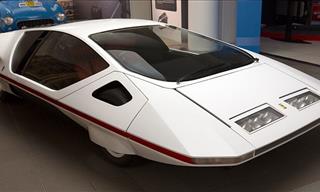
These Cars Were Designed By Some Truly Creative Geniuses!
There have been some truly strange cars seen on the road, but nothing beats these 10 cars designed by major companies to be unique

There's More to Porsche Than You Ever Imagined...
Porsche is one of the most celebrated sports car manufacturers in the world, but there's a lot more to the company than you imagined. Here are 11 Porsche facts.
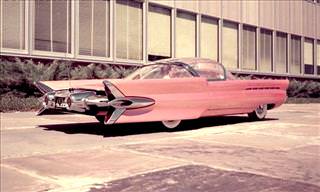
These 30 Wonderful Cars Never Made It to Full Production
Some of these car designs are so outrageous that it's impossible to imagine them working as mass-market production cars. Here are 30 outrageous concept cars.
 6:23
6:23
Fascinating! The Physics Behind Flights Explained!
This video gives you a bird's eye view into how our modern day flights came to be the incredible structures they are now.

13 Unusual Vintage Vehicles You’ve Probably Never Seen
Take a look at this collection of classic pictures showing the weirdest and coolest vintage vehicles from history.

20 Photos Showing the Evolution of the Formula 1 Cars
In the series of images before you, you'll find the crown jewels; some of the best cars that won the Formula 1 championship in different periods.
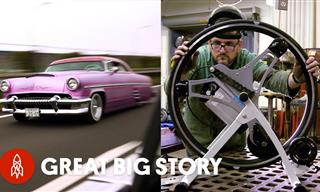 10:15
10:15
Super Cool DIY Vehicles That Will Inspire the Rider in You
Meet some cool people who created their own dream rides after they were dissatisfied with the ones the had.

Bugatti Has Certainly Had a Long and Checkered History...
Bugatti certainly has a long and checkered history, and cars produced by the original manufacturer are highly coveted. This is a concise history of Bugatti.

Have You Ever Wondered What Happened to Princess Di's Car?
While many cars have gained their fame because of their speed, these cars have get their value from their incredible place in history.

Step Inside These Rarely Seen Vehicle Cabins (14 Pics)
Take a peek inside the unseen cabins of rare vehicles.

These U.S. Postal Vehicles Depict a Fascinating History
Go back in time and know the fascinating history behind some of the oldest U.S. postal vehicles, dating back to the 19th and 20th century.

Yikes! These Cars Are Truly The Worst Ever Made...
Some cars are a really a blot on the world's roads. From hideous styling, to pathetic performance and alarming safety, these 15 are the worst of the worst.
 10:07
10:07
I Can't Believe These Ridiculous Cars Actually Exist!
You've got to check out these 20 hilariously original cars that really do exist!
 6:39
6:39
Traveling In This Train Will Be An Incredible Experience!
Japanese Maglev L0 has now become the world’s fastest bullet train. Let’s find out more about it.

We Bet You've Never Seen Cars Stranger Than These
These cars are undoubtedly the strangest cars that you have ever seen.
 10:04
10:04
Insanely Cool Modern Vehicles That You Need To See Now
Take a look at these insanely advanced and futuristic-looking vehicles that are set to make our lives easier in the future.
 11:23
11:23
The Eighth Wonder: How the Panama Canal Works
The Panama Canal is an engineering wonder, see how it was built and how it works here
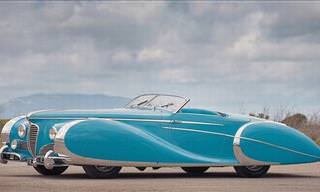
These 12 Beautiful Cars Are Literally One of a Kind
There are only one each of these beautiful, classic cars.

Would You Like to Drive Any of These Weird Cars?
Here are some of the most oddball cars you will ever see on the roads.
 4:35
4:35
This Was One of the Most Unusual Vehicles of the Cold War
Did you know that the Soviet Union had once developed a gigantic flying boat that rode just above the surface of the water? Let's find out more.
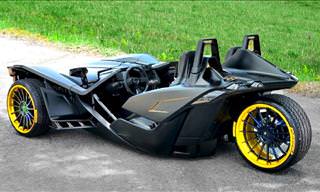 10:27
10:27
Unbelievable and Unknown Vehicles That'll Blow Your Mind
You will be absolutely blown away by these 10 insanely cool new types of vehicles that have been developed.

Iconic Trains That Reshaped the Course of History
Here is a look at some of the most important trains in history that went on to reshape the course of events in the world in their time.

We Need These 16 Classic Cars Back on the Road!
These classic cars were so cool!

You Won’t Find Cars Like These At Any Old Car Lot!
These car designs are as impressive as they are crazy and absolutely over-the-top...

You Won’t Believe How Massive These Steam Locomotives Were
Here we present some of the largest steam locomotives ever built throughout railway history.
 11:30
11:30
Extreme Vehicles That Will Impress You
If you like to follow up with technological advancements, you'll love watching these extreme vehicles persevere even in the worst weather conditions!
 8:48
8:48
The Car-Free Revolution is Slowly Taking Over
Slowly but surely, more and more cities all over the world are opting for car-free streets. Can this become the new norm everywhere?
To enable your Ad-Free Subscription, please fill the fields below
Your subscription was successful, now you can enjoy an ad-free experience!! Note: To make sure you get no ads, please make sure to log in to your account. If you are logged in already, then refresh the page. The subscription can be cancelled at any time.


